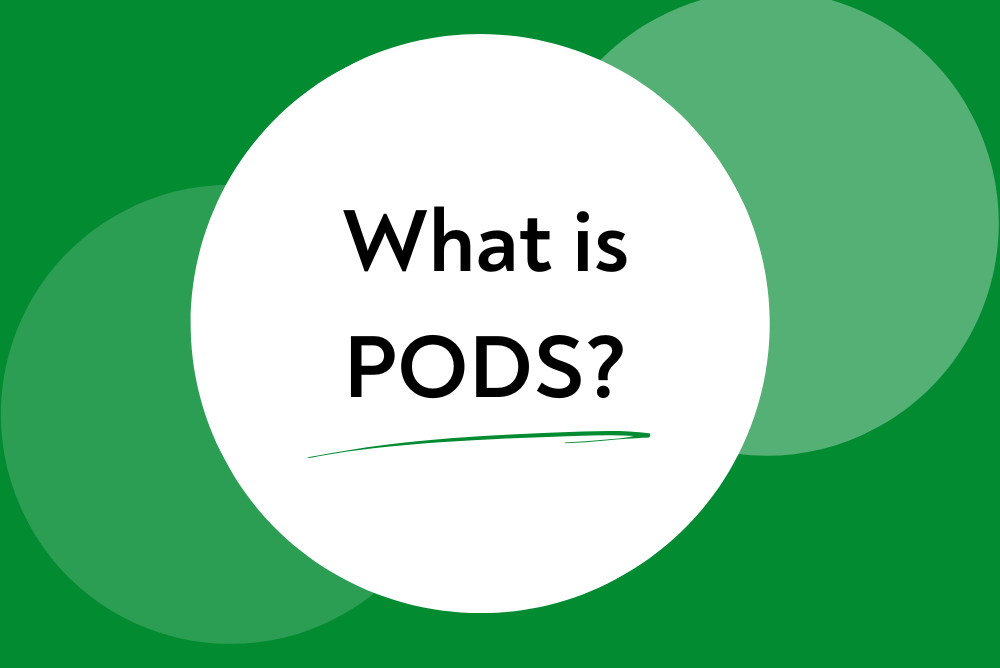
Don't Fix Symptoms - Identify your Root Causes using a Current Reality Tree
In this post, we will explore how a Current Reality Tree (CRT), a tool from the Theory of Constraints (TOC) can help us to understand and identify the root cause(s) of team and organisational problems.
If you are experiencing slow delivery, quality issues, missed deadlines, tensions between teams, or are just feeling frustrated, this technique can help you.
In today’s complex work environment, with so many moving parts and unpredictable factors, making improvements can feel overwhelming.
It’s common for teams to jump in and address the most visible issues, but usually, quick fixes only scratch the surface.
It’s worth taking the time to dig deeper and uncover the root causes behind those symptoms for a more lasting impact.
Using the Theory of Constraints to Help Navigate Complexity
One approach we use regularly at Outcome over Output to identify root causes is the Theory of Constraints (TOC).
While TOC is best known for identifying and managing constraints (often referred to as bottlenecks), it also provides a robust set of thinking tools designed to answer three crucial questions:
- What needs to change?
- What should it change to?
- How can we make that change happen?
It can be be tempting to jump ahead to the second and third questions without taking a bit of time to reflect on the first question.
Introducing Current Reality Trees
Among the TOC tools, the Current Reality Tree (CRT) is one we use most frequently and is perfect for answering that first question – “What needs to change?”. Think of it as an advanced version of Lean’s “5 Whys.” It helps you to go deeper than surface-level issues, and guides you to the root cause so you can identify the right solution.
In the simplified diagram, at the top of the CRT, you will find undesirable effects (UDEs), shown in blue. These are followed by layers of intermediate effects in yellow, ultimately leading to one or more root causes at the bottom in red.
When I speak to people, they often mention the intermediate effects (the yellow layer of the tree). To uncover the UDEs (top-level issues), I usually ask, “What’s the impact of that?” For instance, a team might say, “Pull requests take too long.” By digging deeper and exploring the impact, you’ll eventually uncover something that directly affects the customer – this is your UDE.
Once you’ve identified your UDEs, the next step is to ask “Why?” or “What’s causing this?” to trace a chain of cause and effect that leads to the root cause(s).
It’s essential to stop when you reach factors within your control. For example, while you could theoretically trace any issue back to “the creation of the planet,” it’s not exactly actionable! Focus on root causes you can address.
The Benefits of Building a Current Reality Tree
Building a current reality tree is more than just a problem-solving exercise. It provides a clear, visual representation of cause and effect, ensuring the team focuses on the right issues. It also fosters collaboration and shared understanding.
One colleague once shared with me that creating a CRT gave her a profound sense of relief: “It’s such a weight off my shoulders to get all these thoughts out of my head and into something structured and logical.”
This alone makes the effort of building a current reality tree worthwhile and the results speak for themselves.
If you’d like us to help you assess your current situation using current reality trees, or run our TOC training course for your team get in touch for a free consultation call.
The Essential Guide to Continuous Improvement – Part 1 This is not your Average Continuous Improvement Guide Welcome to the second instalment …
Struggling with Meeting Engagement? Use PODS We were in the middle of a high-pressure project. One that everyone across the business was …
The Ultimate Product Roadmap Guide – A Practical Deep Dive “That’s not on the Roadmap!” It’s that trusty tool we all turn …
Using the Lean Coffee Format to Cultivate Connection and Understanding Vinnie Gill Who would have imagined that a meeting style, known as …




